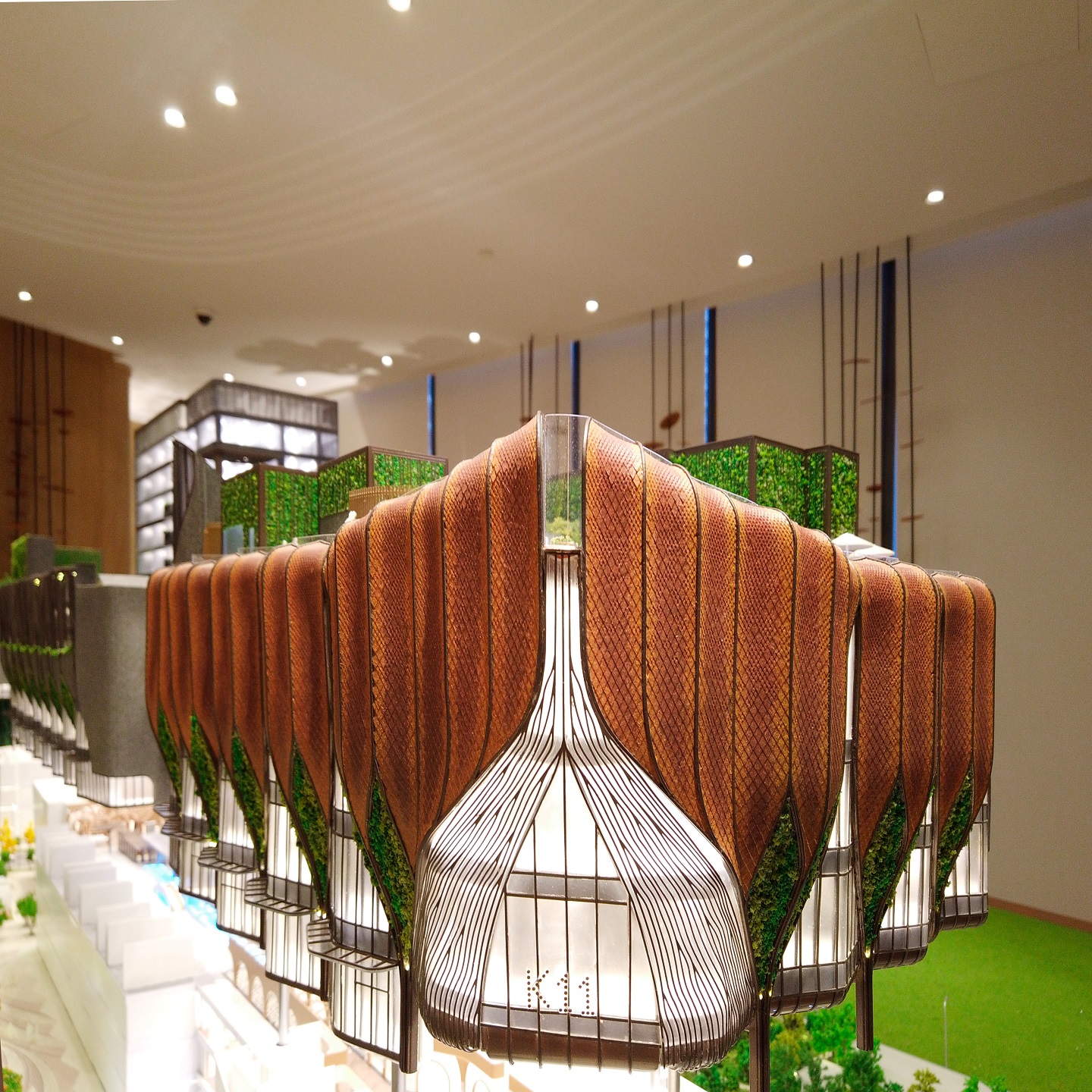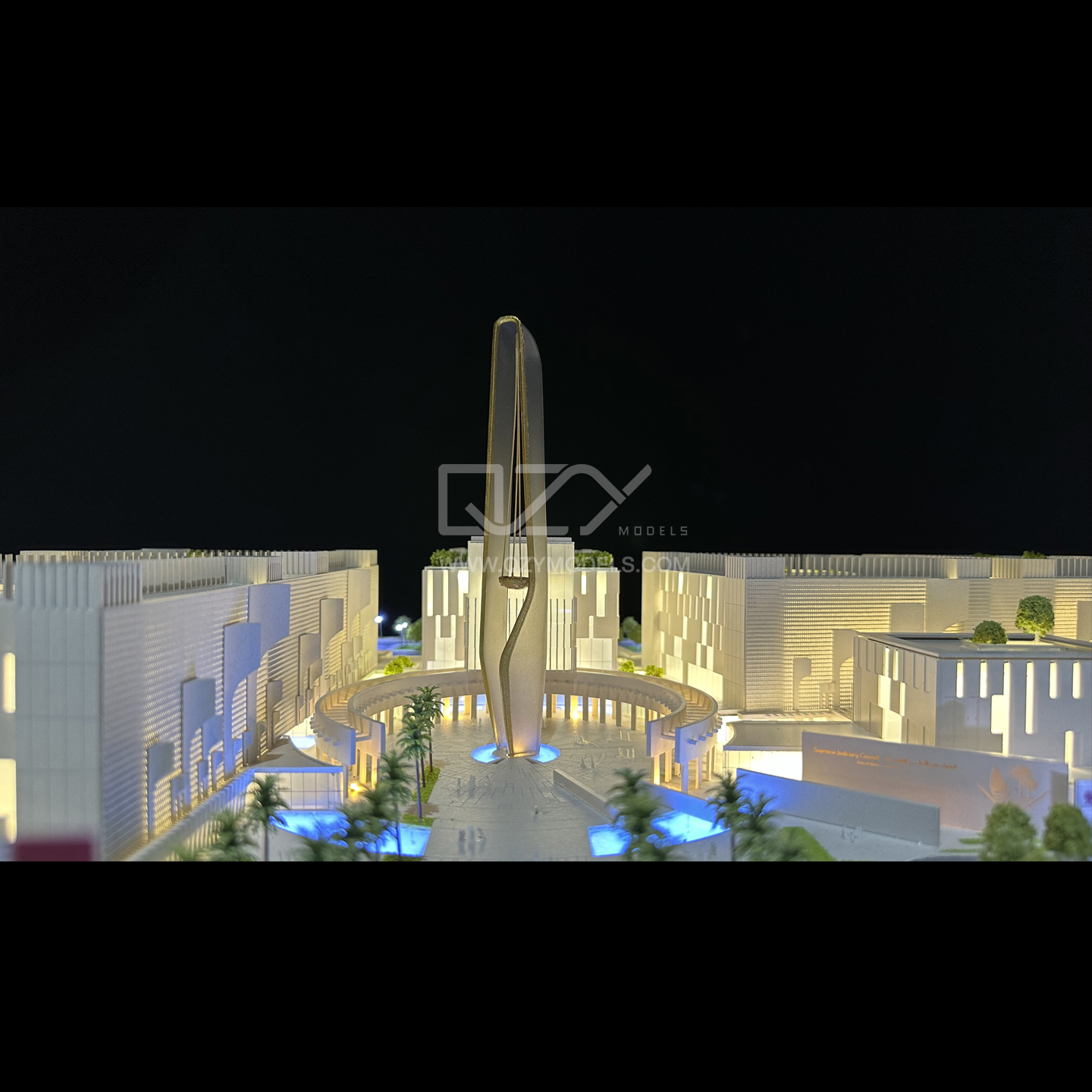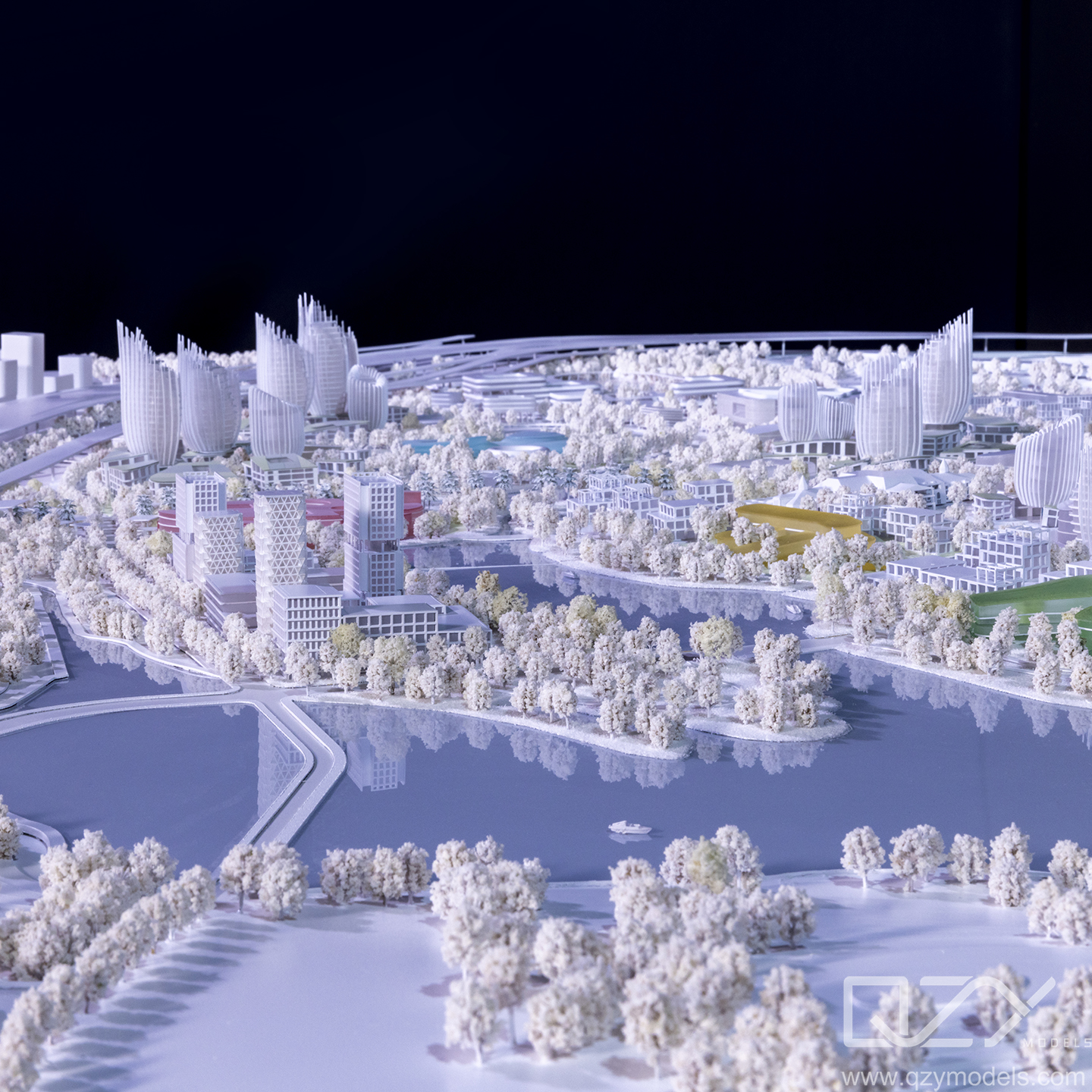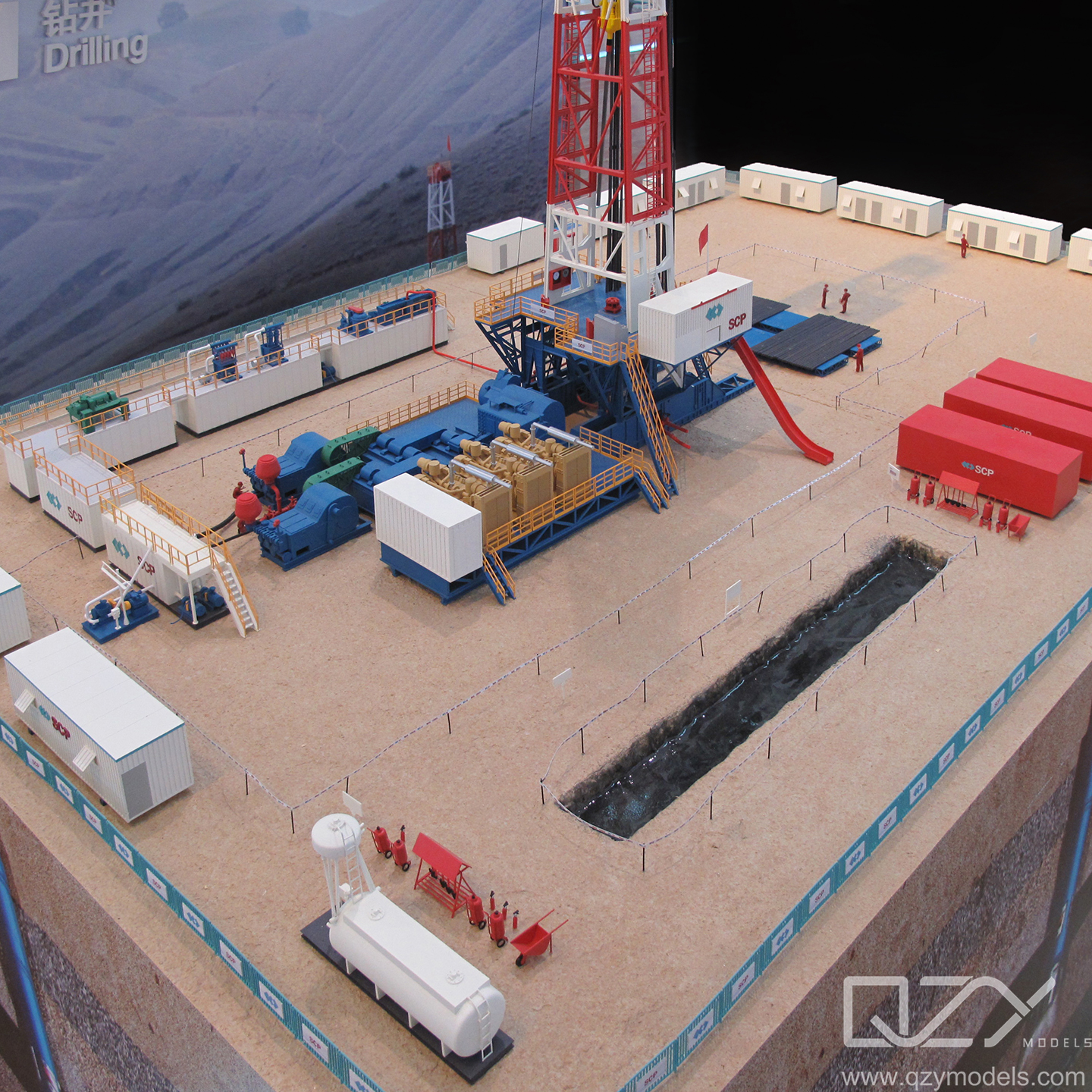In the world of model making, landscape models stand as breathtaking showcases of natural beauty and artistic craftsmanship. These meticulously crafted miniatures replicate awe-inspiring landscapes, from serene countryside scenes to grand mountain ranges and lush urban parks. Landscape models serve various purposes, from architectural visualizations to environmental planning and educational exhibits. In this immersive article, we embark on a journey to explore the captivating world of landscape models, delving into their significance, techniques, and artistry that bring these miniature wonders to life.
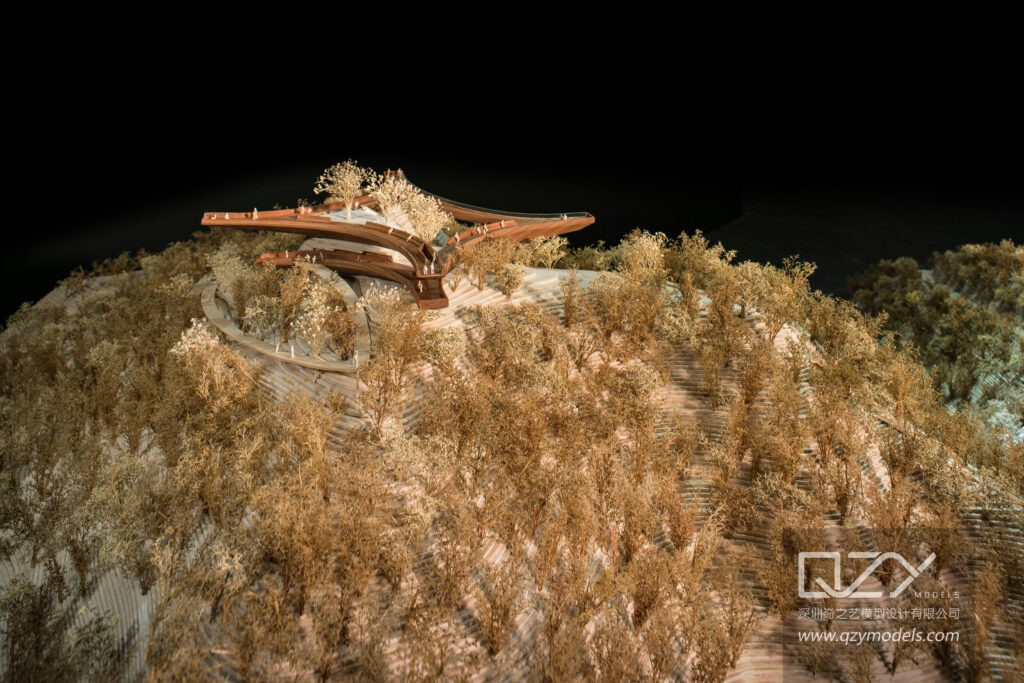
I. Understanding the Significance of Landscape Models
Landscape models offer a tangible platform for architects, urban planners, and designers to visualize their envisioned spaces. By crafting scaled-down versions of real-world locations, they gain profound insights into spatial relationships, terrain, and the integration of structures into the environment. Additionally, landscape models serve as valuable tools in environmental planning, aiding stakeholders in exploring sustainable development options and making informed decisions that preserve the ecological balance. Furthermore, these models find a place in educational exhibits, providing a hands-on learning experience for visitors of all ages and fostering a deeper understanding and appreciation of the natural world.
A. Visualizing Dreamscapes:
Landscape models offer a tangible platform for architects, urban planners, and designers to visualize their envisioned spaces. By crafting scaled-down versions of real-world locations, they gain profound insights into spatial relationships, terrain, and the integration of structures into the environment.
B. Environmental Planning and Impact:
In the realm of environmental planning, landscape models serve as valuable tools for assessing the impact of proposed projects on the natural landscape. They allow stakeholders to explore sustainable development options and make informed decisions that preserve the ecological balance.
C. Educational and Interpretive Exhibits:
Landscape models also find a place in educational exhibits, providing a hands-on learning experience for visitors of all ages. These models showcase the diverse ecosystems and geological wonders of various regions, fostering a deeper understanding and appreciation of the natural world.
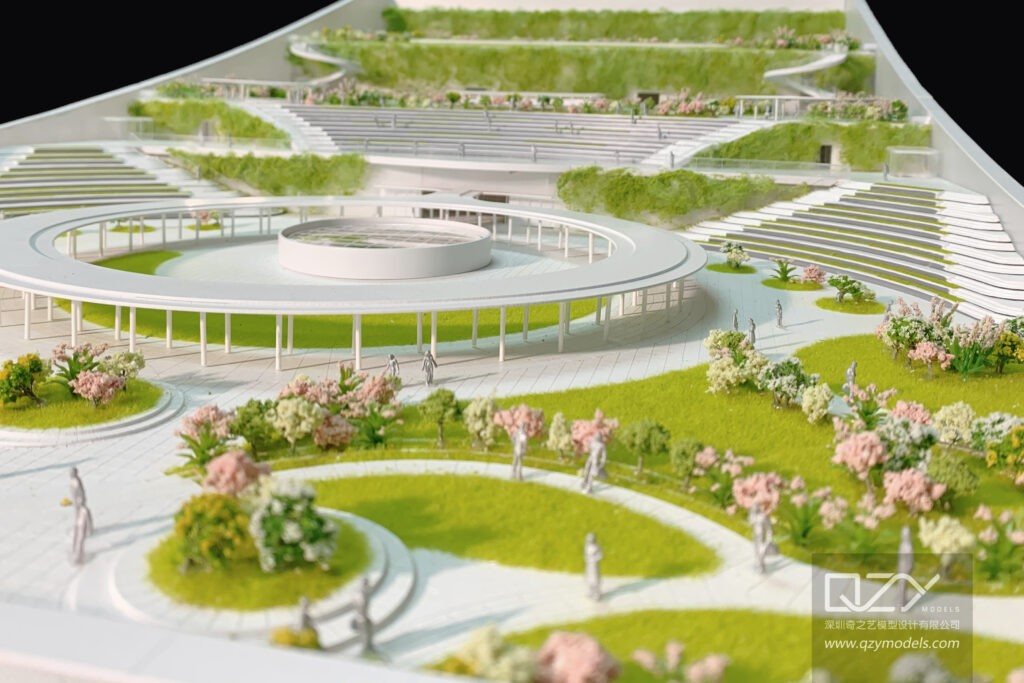
II. Techniques and Artistry in Landscape Model Making
The art of landscape model-making lies in the recreation of realistic terrain. Model makers use a variety of materials, including foam, clay, and paper, to sculpt intricate contours, hills, valleys, and riverbeds, mimicking the features of the actual landscape. Adding life to the landscape, model makers carefully incorporate flora and fauna into their creations. Tiny trees, plants, and wildlife figurines are meticulously placed to simulate a harmonious ecological balance within the miniature world. Moreover, incorporating water elements is a hallmark of skillful landscape model-making. Model makers employ techniques like resin casting and special paints to create shimmering lakes, flowing rivers, and cascading waterfalls, adding an ethereal touch to the miniature scenery.
A. Crafting Realistic Terrain:
The art of landscape model-making lies in the recreation of realistic terrain. Model makers use a variety of materials, including foam, clay, and paper, to sculpt intricate contours, hills, valleys, and riverbeds, mimicking the features of the actual landscape.
B. Flora and Fauna Detailing:
Adding life to the landscape, model makers carefully incorporate flora and fauna into their creations. Tiny trees, plants, and wildlife figurines are meticulously placed to simulate a harmonious ecological balance within the miniature world.
C. Water Features and Bodies:
Incorporating water elements is a hallmark of skillful landscape model-making. Model makers employ techniques like resin casting and special paints to create shimmering lakes, flowing rivers, and cascading waterfalls, adding an ethereal touch to the miniature scenery.
III. Architectural Integration and Urban Landscapes
Landscape models often complement architectural models, demonstrating how buildings and infrastructure fit seamlessly into the natural surroundings. Architects and designers can assess the visual impact and compatibility of structures in the context of the landscape. Additionally, city planners utilize landscape models to visualize and develop urban parks, botanical gardens, and recreational spaces. These models showcase green infrastructure, pathways, and seating areas to enhance the aesthetics and functionality of public spaces.
A. Seamless Integration:
Landscape models often complement architectural models, demonstrating how buildings and infrastructure fit seamlessly into the natural surroundings. Architects and designers can assess the visual impact and compatibility of structures in the context of the landscape.
B. Urban Park Designs:
City planners utilize landscape models to visualize and develop urban parks, botanical gardens, and recreational spaces. These models showcase green infrastructure, pathways, and seating areas to enhance the aesthetics and functionality of public spaces.
IV. Preserving Natural Heritage
Landscape models play a vital role in conservation efforts, particularly in areas of ecological importance. They contribute to raising awareness about environmental issues and fostering an understanding of the need to protect our natural heritage. Moreover, historical landscape models recreate significant sites that have shaped human history. These models offer a window into the past, showcasing ancient civilizations, iconic landmarks, and archaeological sites.
A. Conservation and Education:
Landscape models play a vital role in conservation efforts, particularly in areas of ecological importance. They contribute to raising awareness about environmental issues and fostering an understanding of the need to protect our natural heritage.
B. Historical Reproductions:
Historical landscape models recreate significant sites that have shaped human history. These models offer a window into the past, showcasing ancient civilizations, iconic landmarks, and archaeological sites.
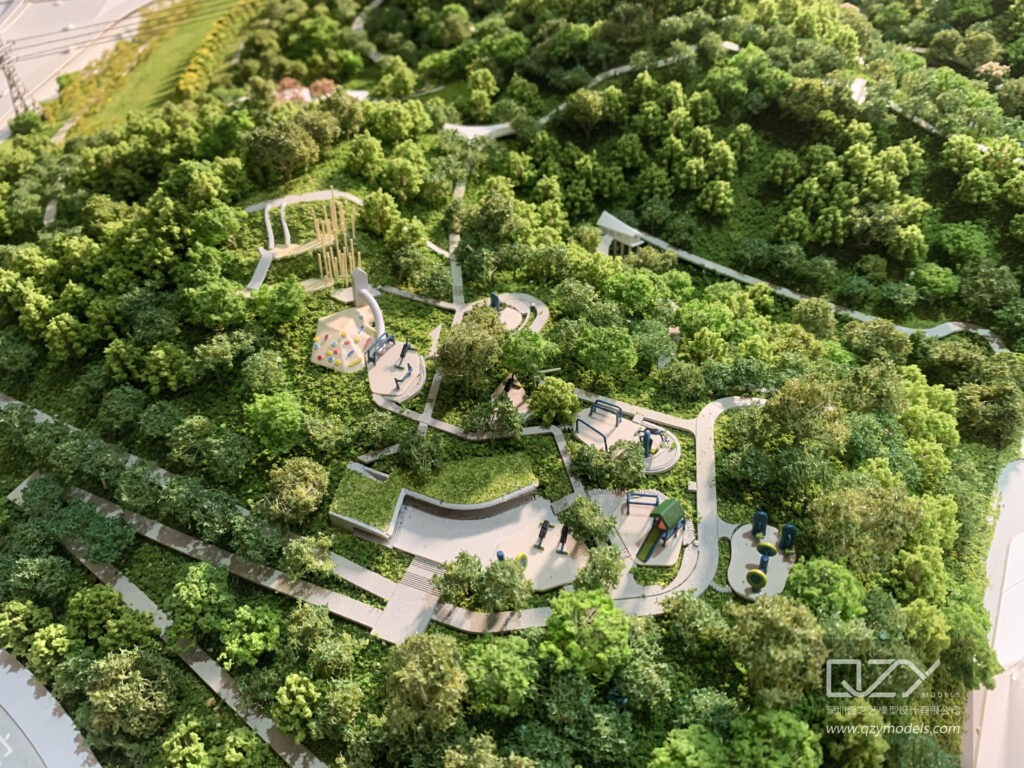
V. Future Innovations in Landscape Model Making
With the advent of 3D printing and advanced modeling software, landscape model-making is entering an era of unprecedented possibilities. Model makers can experiment with new materials and digital design techniques to create ever more realistic and awe-inspiring landscapes. Moreover, landscape models of the future will also emphasize sustainability and environmental consciousness. Incorporating eco-friendly elements and showcasing sustainable landscape designs will become paramount in model making.
A. Advancements in Materials and Technology:
With the advent of 3D printing and advanced modeling software, landscape model-making is entering an era of unprecedented possibilities. Model makers can experiment with new materials and digital design techniques to create ever more realistic and awe-inspiring landscapes.
B. Sustainable Landscaping:
Landscape models of the future will also emphasize sustainability and environmental consciousness. Incorporating eco-friendly elements and showcasing sustainable landscape designs will become paramount in model making.
Landscape models are more than just static miniatures; they are gateways to a world of natural wonders and limitless creativity. These artful representations capture the essence of our planet’s most beautiful landscapes while inspiring new visions for sustainable living and harmonious urban planning. As we celebrate the artistry and significance of landscape models, let us continue to cherish and protect the delicate balance of the natural world they seek to emulate. Experience the charm and beauty of landscape models, where craftsmanship and imagination converge to create miniature worlds that touch our hearts and enrich our understanding of the Earth’s magnificent landscapes.
Discovering the World Through Miniatures – About Us
QZY Models, founded in 2013 in Shenzhen, China, is a leading professional team specializing in the design and production of customized physical models. Rooted in the architecture industry, QZY Models caters to diverse model production needs, ranging from furniture, interior design, and architectural landscape, to urban planning. Moreover, we are continuously exploring various fields, including dynamic mechanical models, industrial equipment displays, scientific and technological principle displays, and exhibition displays, to create a diverse model service ecosystem.
Since commencing our independent business in 2013 and establishing our base in Shenzhen, ensuring quality has always remained our top priority. We have forged strong collaborations with renowned companies in over ten countries, such as the United Kingdom, the United States, Canada, and Singapore. Our completed projects span across China, the United Arab Emirates, Saudi Arabia, Egypt, Poland, Morocco, Ethiopia, and other countries. Presently, QZY Models has established branches or offices in Egypt, Morocco, Saudi Arabia, Lebanon, Italy, the Netherlands, and other locations, firmly committed to serving global customers.
For more information, please visit our official website: www.qzymodels.com

